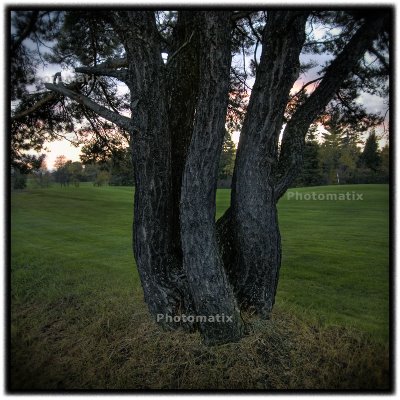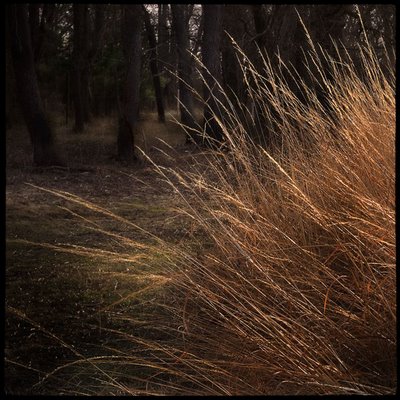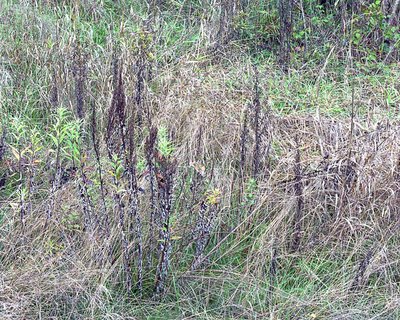 HDR
HDR There are those who are making the claim that HDR - High Dynamic Range - and tone mapped photographs are, to state it simply, the way/wave of the future. Who knows, maybe, maybe not. In any event, it is a technology that is very interesting, imo, for both "straight" and as means of "expression".
I have been following a few practioners of HDR/Tone Mapping with interest. Larry Lynch (sneaking up to 7 decades - as he puts it) is one such photographer. Larry does not have a website (that I am aware of). His body of HDR photographs is small and seems to be in the fledgling-work-in-progress stage.
Nevertheless, he has been posting HDR photographs on NPN and several have caught my attention and piqued my interest.
My interest in HDR is twofold: #1fold - as a landscape photographer who is NOT
addicted to the light (i.e. soft warm earlyAM/EarlyPM), I photograph whenever and sometimes that means hard/harsh direct sinlight that is a contrast/dynamic range challenge for both sensors and film. HDR/Tone Mapping addresses this problem directly. #2fold - While most of the HDR photographs I have seen to date are way overbaked, it nevertheless seems, in the hands of a "sensitive" photographer, capable of creating photographs which I would label "hyper" real.
I use the word "hyper" because, frankly, at this stage of the photographic game we're just not acclimated to viewing photographs with such an extended dynamic range
throughout the entire photograph (as opossed to photographs with GNDed skies over realatively full-ish range foregrounds). The viual effect can be quite disconcerting, and to my eye and sensibilities, interesting/intriguing as well.
Here's a link to Larry's photographs on NPN. I don't know if it will link directly or ask you to sign in/ register//whatever (will someone please let me know). Pay particular attention to
Busy, Busy, Busy,
Rare Morning,
A Fall Image...(another version),
and A Canopy of Color.
A Canopy of Color is as "natural" a photographic rending of a high contrast scene as I have ever seen.However it exhibits less of the "hyper" reality than I find in the other mentioned photographs.
What do you think?
Learn more about HDR/tone Mapping here. Be sure to check out the "View examples" page. You can also download a free full featured version of
Photomatix - an HDR/Tone Mapping program.
FEATURED COMMENT: Joel Truckenbrod wrote: "
The problem that I generally have with HDR, especially when it is used in a "heavy" fashion (such as it is here), is that to my eye, it denies what I hold to be the true power of the medium - some greater, objective relationship to perceived reality. The "hyper-real" aspect of the technique doesn't translate for me. Rather, I find myself lost as to what I'm supposed to be getting from the image. I see some connection to the seemingly never-ending desire for many photographers to actually be painters."














